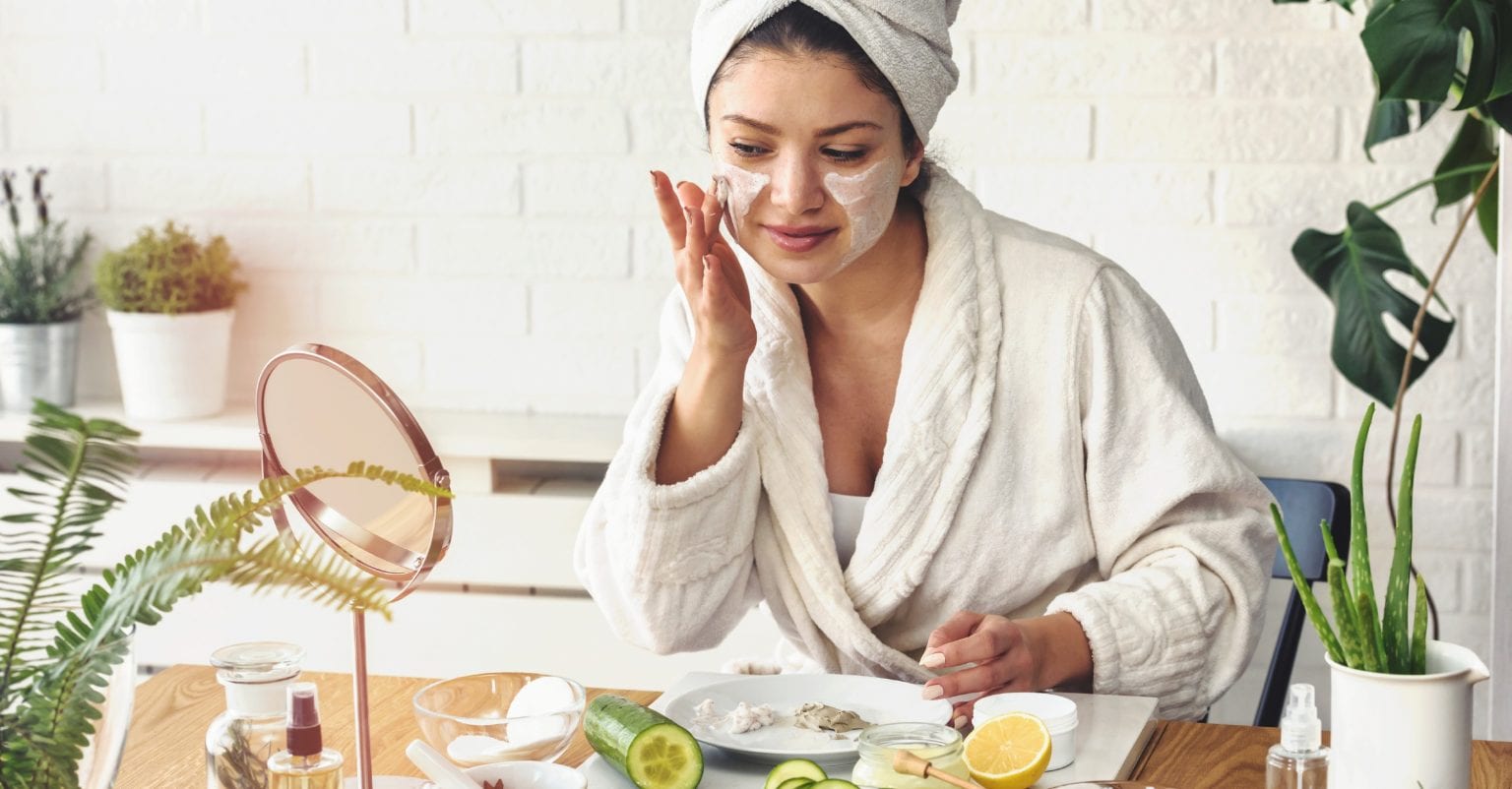Lockdowns may be behind us but people's preference for staying at home more often is here to stay it seems. How can your business capitalise on this trend to help make 2021 yours for the taking?
At a glance
Here's a snapshot of the advice from our interviewees:
- Create a sense of community (and fun) around your product.
- Make lots of marketing noise about your at-home product – people often have to hear about it more than once before they buy.
- Have educational content to support your product, like guides and explainer videos.
- See cocooning as not just an opportunity to thrive during a crisis, but to diversify your customer base long-term.
In the 1980s, futurist Faith Popcorn coined the term ‘cocooning’ – that is, retreating to the four walls of your home to hide from “the unpredictable realities of the outside world”.
At the time, according to Popcorn, people preferred to stay indoors because they were overstimulated and worn out due to new technologies. In 2020, however, cocooning has taken on a whole new meaning, with people spending an unprecedented amount of time indoors out of necessity.
According to a recent report from Xero, even as Australia’s spread of COVID-19 slows, cocooning could become a long-term small business trend. House-bound consumers might have once made a small business owner nervous, but with technology on your side, you can turn cocooning into an opportunity.
Keep reading to learn how two small business owners are already making the most of it.
Helping to diversify your clientele
The March COVID-19 peak marked the first anniversary of Sarah Perry’s skincare treatment business Face Mediskin. While the business has grown from one to five employees in that time, a setback like the pandemic could have easily derailed a relatively green and high-contact business like hers.
Perry was able to stave off cash flow concerns during lockdown by jumping on the cocooning trend and offering DIY facial kits.
“It’s an interesting avenue for businesses to put their creative hats on and see how their offering can be relevant in a client-led way at home,” she says.
“I was worried our kits would be a flop, but I learnt if I wanted people to [buy] them, we’d have to work hard to keep them on everyone’s mind.
“People often need to see something new multiple times before they choose to invest their time and money into it. We kept our messaging authentic, built a sense of community through the product and talked about the kits… a lot!”
“I learnt if I wanted people to [buy our DIY facial kits], we’d have to work hard to keep them on everyone’s mind.” – Sarah Perry, owner of Face Mediskin
For Perry, the DIY facial kits weren’t just a way to survive the leanest times of 2020. They’ve also helped her diversify her customer base by attracting more regional customers – people who live too far away to visit her physical store.
Offering flexibility in uncertain times
Lenny Manor, co-owner of Dinner Sorted – a Melbourne meal-kit delivery service – was fortunate to see a massive spike in business during lockdown. While many people were interested in stocking up on food, he was aware that the financial impacts of COVID-19 meant some people wouldn’t be in a position to purchase his meal kits, which go for $99 and $154 per week, depending on the size.
In an effort to engage more customers (and retain existing ones), Manor created a low-cost option at $59 per week.
“[It] didn’t include the portioned ingredients or recipes. It was essentially a meat and veggie box, which lowered the cost significantly.”
By providing more options, he tapped into a new market and strengthened his business for the future.
“[The lower-cost food boxes] make up around 20% of our sales now. This changed our business trajectory a lot. We continue to sell both the meal kits and fresh food boxes.”
Manor’s advice is to keep other costs in mind such as distribution and appropriate storage, when creating at-home products. In food delivery, for example, you’ll need to factor in the costs of hiring or buying a refrigerated van, and packaging that can sit on someone’s doorstep and keep food fresh.
Creating a sense of community
A great way to differentiate a DIY/at-home product from something store-bought is to create an educational experience around it. For example, Perry paired her facial kits with virtual skin consultations.
“We [also] sent packs to our team so they could get content together showing people how the products work.”
Creating a sense of community around your product is important, says Perry.
“We created ‘Friday Facials’ on Instagram where we got people to send in pictures of themselves doing their at-home facials. We gave away a free kit each week to someone who joined the fun.
“That connection was so important. Their experience might not be a professional facial, but it was still meaningful.”
“We sent packs out to our team so they could get some content together showing people how the products work.” – Sarah Perry, owner of Face Mediskin
Manor did something similar by promoting content from some of the chefs he works with, such as cooking ‘how-to’ videos, to his own audience.
“If we can work with other businesses to get ahead – like using each other’s networks or doing something with a company that sells a different kind of product – then we can leverage each other’s markets without being in competition.”
Thinking ahead
Although Perry has now reopened her physical store, the success of the facial kit has her excited about other things she currently sells that could be transformed into home-friendly products.
“I would look to incorporate our crystal rollers next or even other facial accessories to use in conjunction with the kits. I even think about doing body kits with a mix of our hydrating, tanning and inner health ranges.”
Looking for funding to make 2021 yours for the taking? Chat with one of our lending specialists on 1300 882 867 about whether a Prospa Small Business Loan could work for you.








